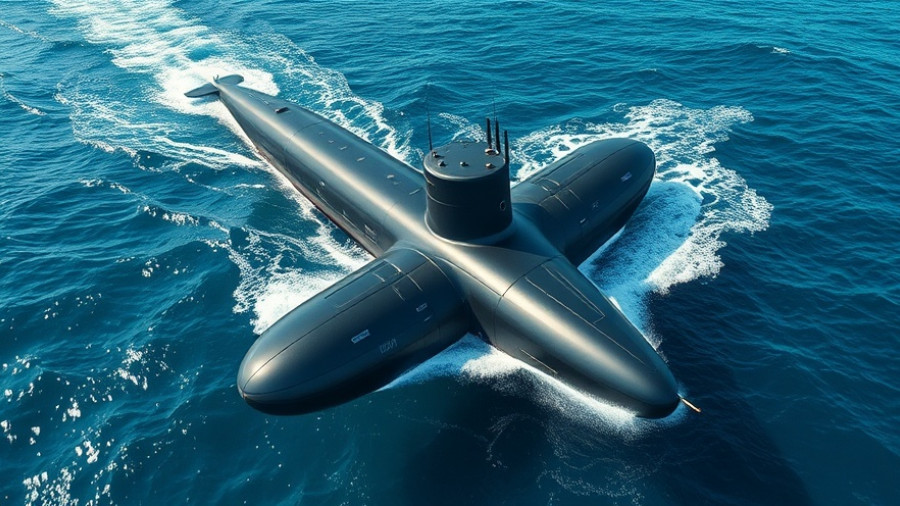
Scientific Breakthroughs: VENOM Autonomous sUSV
In an exciting development for maritime technology, Scientific Systems has unveiled the VENOM (Versatile Engineering Navigation and Operational Missions) autonomous surface unmanned vessel (sUSV). Designed for a myriad of applications, from naval warfare to environmental monitoring, VENOM represents a significant leap forward in autonomous technology.
The Power of Autonomy and Its Implications
Autonomous vehicles are rapidly changing industries across the board, and maritime operations are no exception. VENOM is tailored to execute missions without direct human intervention, boosting efficiency, safety, and precision. Teaming advanced navigation systems with real-time data processing, this vessel can adapt to varying conditions independently. As nations face pressing maritime challenges, the integration of such vehicles may redefine operational strategies.
Coping with Global Maritime Challenges
From piracy to environmental disasters, global maritime threats require innovative solutions. The deployment of VENOM may play a pivotal role, providing remote surveillance capabilities that diminish risks to personnel. According to experts, as the important discussions on naval defense evolve, introducing autonomous systems like VENOM could bolster a nation's defensive posture and improve incident response.
Trends in Maritime Technologies: A Future Perspective
The future of naval operations undoubtedly leans toward automation—achieving a harmonious balance between human oversight and machine efficiency. As governments and organizations explore these technologies, the competition to develop superior systems enhances innovation in the field. Observers predict that advancements in AI and machine learning will further augment the capabilities of vessels like VENOM, expanding their functionality beyond mere surveillance to operational roles, such as logistics and combat support.
The Unique Advantages of VENOM
Understanding the significant benefits of adopting autonomous systems is crucial for those engaged in naval operations. The VENOM sUSV's versatility cannot be overstated; it offers enhanced operational flexibility while reducing costs associated with manned vessels. It is capable of conducting high-stakes missions over vast distances without endangering crew members, essentially reshaping the dynamics of naval engagements.
What This Means for Naval Forces
For modern naval forces, integrating systems like VENOM means an evolution in mission planning and execution. The more we adopt these technologies, the less vulnerable our fleets become. This shift will not just change the operational capabilities of a fleet, but also the strategic conversations around defense.
Looking Ahead: The Role of Collaboration in Innovation
Collaboration between governments, tech companies, and research institutions will be essential in refining autonomous systems. Innovating and scaling technologies like VENOM will require understanding the potential and limitations of these vehicles. By fostering partnerships, stakeholders can effectively address regulatory, ethical, and operational challenges ahead.
Conclusion: Navigating the Future of Maritime Tech
As the introduction of VENOM illustrates, embracing new technologies is no longer a matter of 'if' but 'when' for naval forces across the globe. The time is ripe for stakeholders to engage in meaningful dialogues about the best way to integrate these innovations. By focusing on the opportunities presented by autonomy, the maritime sector can significantly enhance its operational capabilities.
The advent of advanced technologies like the VENOM sUSV paves the way for exciting possibilities in defense strategies and maritime exploration. How we prepare for and navigate these changes will shape the future of naval operations.
 Add Row
Add Row  Add
Add 




Write A Comment